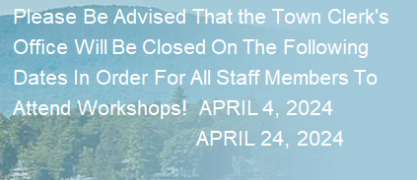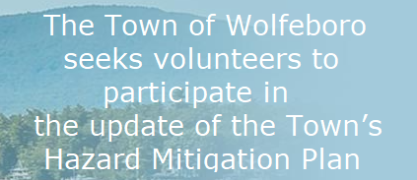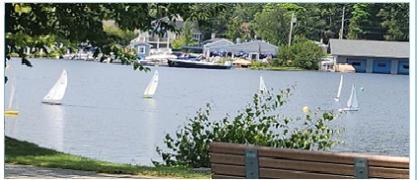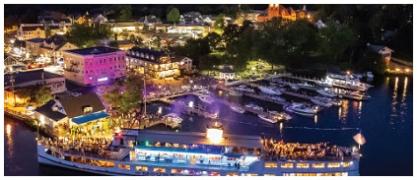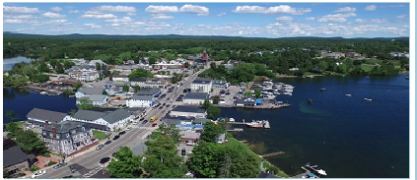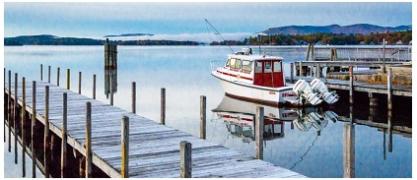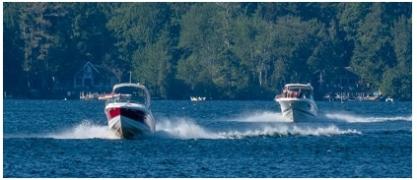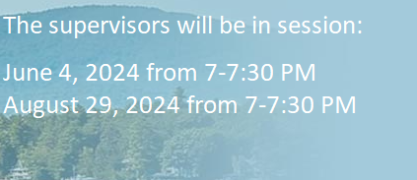Water Quality Conditions and Trends of Wolfeboro Waters
This report only highlights noteworthy new information, trends, and issues. (The separate section below on Winter Harbor, which has been of particular concern to Wolfeboro since the cyanobacteria bloom and NHDES Advisory in late summer 2018, is more detailed.) The Lake Winnipesaukee Association has volunteered to provide the LLMP and VLAP monitoring data for all of Wolfeboro Waters, by sampling site on its map-based gateway.
Wolfeboro’s Public Beaches: Wolfeboro has four public beaches that are monitored by NHDES. Three samples are collected multiple times during summer months and tested for the presence and concentration of E. coli bacteria. NHDES will issue a Beach Closure Advisory if either two or more of the samples collected at a beach exceed the state standard of 88 counts of E. coli per 100 milliliters (ml) of water or if one sample exceeds 158 counts of E. coli per 100 ml of water. Advisories stay in effect until subsequent test results are acceptable.
Statewide NHDES monitors and classifies public beaches into four different categories:
Statewide there are approximately 200 freshwater beaches that NHDES monitors. 50% of them are found to be very good: |
The most recent NHDES classifications of Wolfeboro’s four public beaches are CONFUSING:
| Albee Beach (Lake Wentworth) | Very Good 2019 | Good 2003-2019 |
| Brewster Beach (Lake Winnipesaukee) | Fair 2019 | Good 2003-2019 |
| Carry Beach (Lake Winnipesaukee/Winter Harbor) | Fair 2018 | Very Good 2003-2019 |
| Lake Wentworth State Park | Fair 2019 | Fair 2003-2019 |
NHDES issued one beach advisory at Brewster Beach in 2019, one at Lake Wentworth State Park in 2019, and one at Carry Beach in 2018, based upon excess concentrations of E. coli.
These E. coli coliform bacteria readings represent almost certainly local conditions at the beaches and not lake-wide pathogen pollution, especially given how quickly each advisory ended (2-5 days).
Fecal contamination (E. coli) can come from many sources, including swimmers, wildlife, nearby septic systems, storm drains, and farm runoff. To protect your health and that of your beach, discourage the feeding of wildlife, such as seagulls, and geese. (NHDES)

